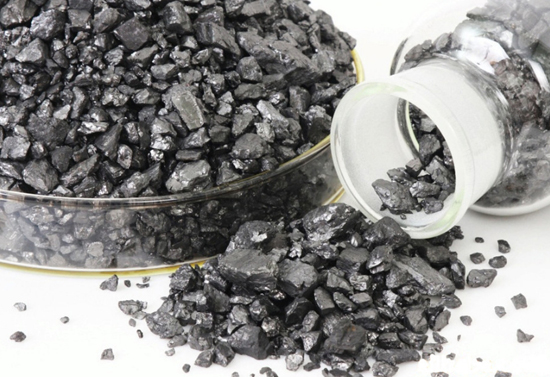
A number of factors have contributed to the growth of the Calcined anthracite carbon ceramics market. Innovation and technological advances create new revenue opportunities for the market, which are likely to fuel its growth. A growing number of investments into research and development is another factor which will boost demand.
The term anthracite refers to a coal type that is processed at very high temperatures in order to eliminate impurities, and also increase its carbon content. This coal is used to produce steel, among other products. In addition, anthracite is an ideal recarburizer for blast furnaces, where it helps to reduce the amount of metallurgical coke required to produce high-quality steel.
The anthracite also has low electrical resistance and a high thermal resistivity. This makes it a great smelting addition. The anthracite is relatively free of moisture, sulfur, and volatile matter. It is a good alternative to petroleum for melting aluminum and other metals.

Globally, the market is segmented on the basis of product, application, and geography. Electrically calcined Anthracite segment (ECA), holds an important share of overall market. ECA is an additive of carbon that can be added in order to decrease the cost of metallurgical koke. It also improves the quality of the steel by reducing slag formation.
In the application category, the market is dominated by the steel industry. ECA is expected to be used more in blast furnaces, steel mill ladles and melting, holding and holding crucibles. The ECA is primarily used to replace calcined petroleum coke in this application.
Anthracite calcined by gas is also gaining in popularity, and the aluminium industry is one of its major users. Anthracite of this type is used extensively in electric-arc furnaces to melt aluminum. This anthracite has high density and carbon, which reduces slag production in the electric furnace. Gas calcined alumina has low sulfur and water contents, making it an ideal recarburizer.
Japan will import over 7 million tonnes of anthracite by 2021. Japan imports anthracite mainly from Russia and Australia. Imports of anthracite are expected to increase in Japan due to demand in various applications.
Anthracite calcinated for carbon ceramics is an industry that has a high level of fragmentation. Few large companies make up the bulk of the sector. Majority of market is composed of small scale producers. The emergence of new entrants in the market is expected to increase competition and volatility in the price of the product, which could negatively impact the market. Anthracite mining is expensive, which will also limit future growth. In spite of these challenges the anthracite market is predicted to grow because it's a good replacement for petroleum coke.

Write a Message